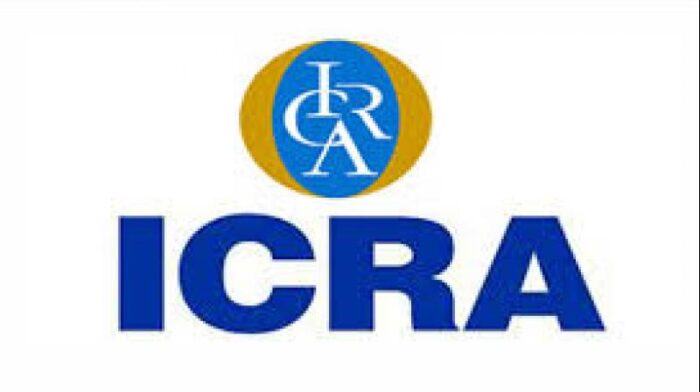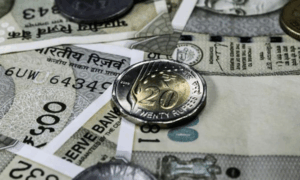
Image : Representational Purpose Only
Icra Ratings sharply cut the country’s GDP forecast amid the COVID-19 crisis and expects the economy to grow at just 2 per cent in the current fiscal.
It said the nationwide lockdown announced to contain the coronavirus outbreak has impacted industries and their operations have come to a standstill.
“The Indian economy is likely to witness a sharp contraction of 4.5 per cent (de-growth) during Q4 FY20 and is expected to recover gradually, to post a GDP growth of just 2 per cent in FY21,” the rating agency said.
It said the concerns on account of Covid-19 have morphed from the impact of imports from China on domestic supply chains, into a domestic and external demand shock, with social distancing and lockdowns leading to production shutdowns and job losses in some sectors.
The rating agency’s vice president and sector head (corporate ratings) Shamsher Dewan said, “Amid uncertainty as to when the situation will normalize, we expect a sharp downturn in various indicators of the manufacturing and services sectors from March 2020 onwards.”
This primarily includes the discretionary activities like travel, tourism and hospitality; labour intensive sectors like construction, transport and manufacturing of non-essential items; exports; and supporting sectors like electricity, he said.
Domestically, the impact of the coronavirus pandemic could lead to slowdown in domestic demand, erosion of purchasing power due to job losses or pay cuts and trickle-down effect of demand deferral will have a longer-lasting impact on some other sectors, especially where demand is discretionary in nature, it said.
Global economic slowdown and lockouts is likely to impact sectors with high dependence on global demand especially that of key impacted markets like Europe, North America and South-East Asia, the rating agency said.
It said lower global demand and price realisation will have an impact on commodities like oil and gas, metals.
“Foreign exchange rate fluctuations will have bearing on import-heavy sectors with forex-denominated cost structure,” it said.
The high impact sectors in terms of risk on account of COVID-19 are aviation, hotels, restaurants, jewellery, retail, shipping, ports and port services.
The medium impact sectors are automobiles, building materials, residential real estates while the low impact sectors includes education, dairy products, fertilisers, FMCG and healthcare among others.
According to the rating agency, in the current scenario, extended demand disruptions are likely to lead to elongated payment cycles.
“Since an entity’s liquidity position is of paramount importance to support its credit profile, it is expected that several entities would endeavour to conserve cash, either by invoking force majeure clauses to revoke payments; or by deferring payments to the extent possible,” it said.
Consequently, many entities are expected to face working capital blockage as their receivables get stretched and inventory doesn’t run-down simultaneously.
The rating agency’s head (credit policy), Jitin Makkar, said regardless of the RBI’s three-month moratorium, entities with weak liquidity buffers are likely to report significant weakening of their credit profile over the next couple of quarters.
[the_ad id=’22722′]


















